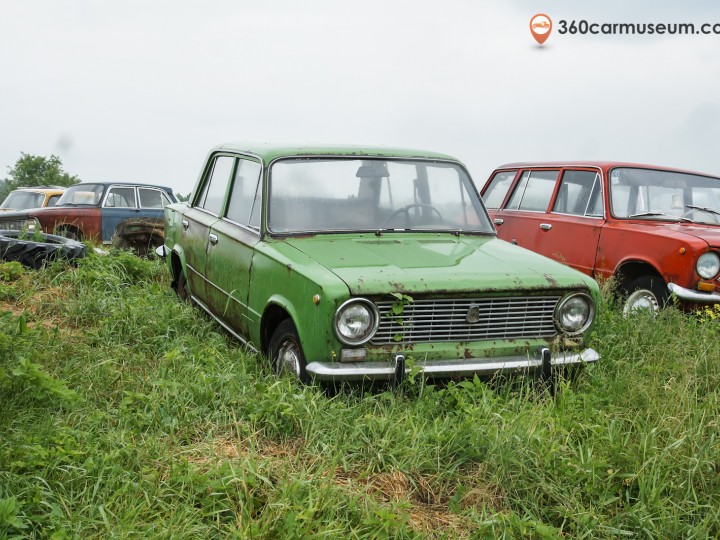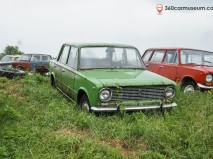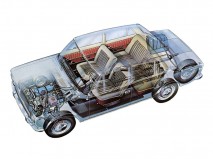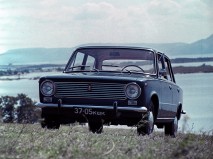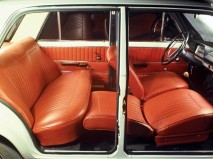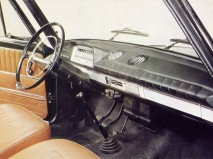1972 VAZ-2101 Zhiguli
AvtoVAZ were forbidden from selling the car in competing markets alongside Fiat 124; however, exports to Western Europe began in 1974 when the 124 was discontinued in favour of Fiat's newer 131 Mirafiori. The 2101 was sold in export markets as the Lada 1200, Lada 1300 and Lada 1200S until 1989; it was sold in the United Kingdom from May 1974, until the arrival of the Riva in 1983. It was the first Lada to be sold in the United Kingdom.
VAZ-2101 (1970–1982) — first variant was equipped with a 1,198 cc (73.1 cu in) engine (a Fiat overhead valve design, never used in a Fiat) producing 62 hp (46 kW; 63 PS), offering 87 mph (140 km/h) top speed and 0–100 km/h (0–62 mph) in about 23 seconds. Compared to the Fiat 124, 800 modifications were made in all, including to rear brakes (discs to drums), suspension (for higher ground clearance, carburettor, and some other parts in order to satisfy a wide range of Russian climate conditions, as well as thicker-gauge steel (so the 2101 weighed 945 kg (2,083 lb), the Fiat 90 kg (200 lb) less). All these models had soft suspension adapted to the local roads that provided a very comfortable ride even on tough gravel roads.
The 2101 (and its first modifications) opened a new era in Russian motoring. Unfortunately, the Togliatti plant could not supply the consumer demand and people had to wait for years to get a chance to buy the car. Exports began 21 February 1971, to Yugoslavia, with 32 cars sent to Finland, Holland, and Belgium on 30 July. Production was always behind demand, and price crept up, but by 1980, the wait for a new 2101 was down to a year. The 2102 estate version started production 27 April 1972. Sales to Cuba began in 1971 (and until 2006, Raul Castro drove to work in his own saloon) and Canada in 1978, but none were exported to the U.S. Angola received its first one thousand Ladas in 1977, in time becoming a significant buyer.


